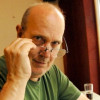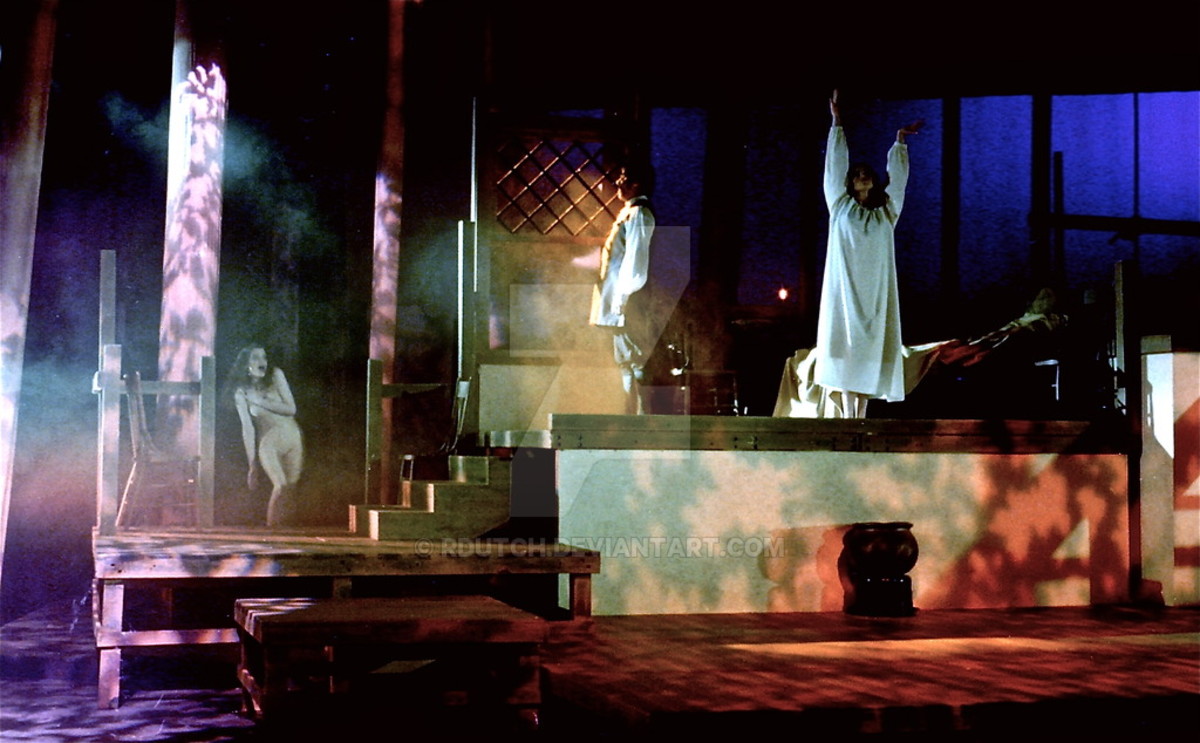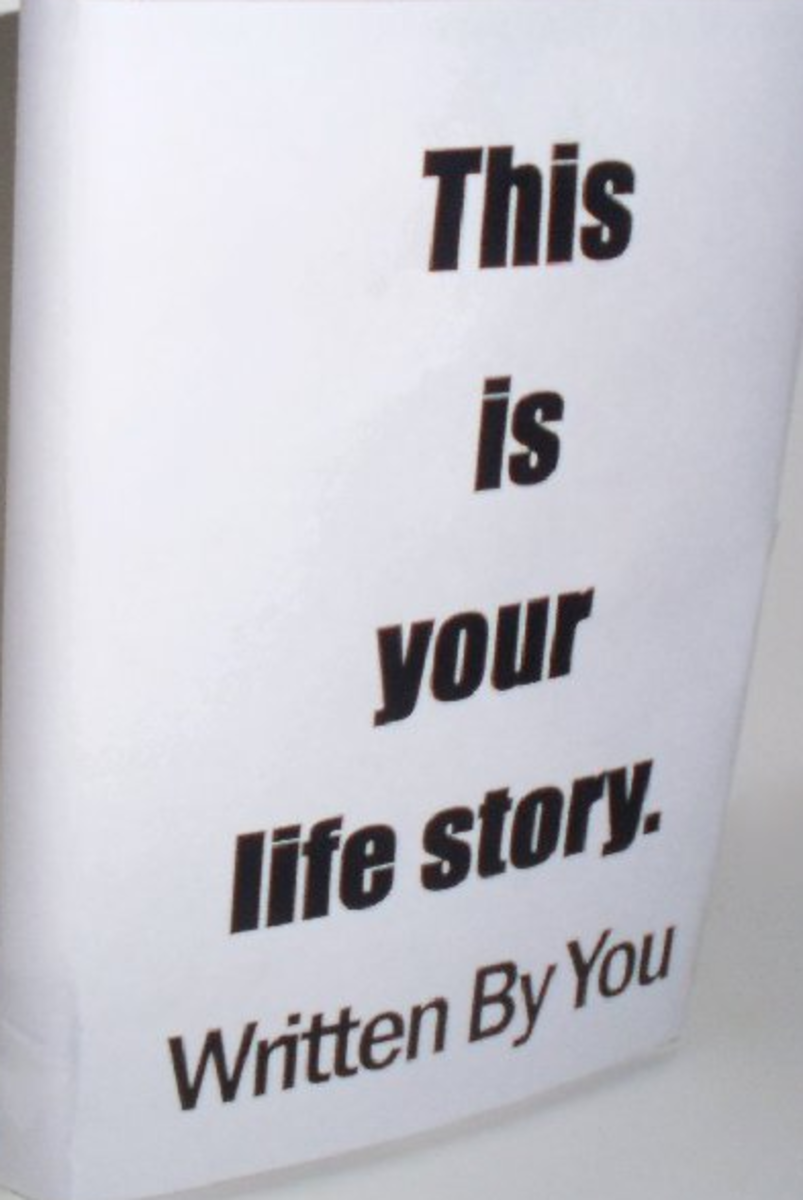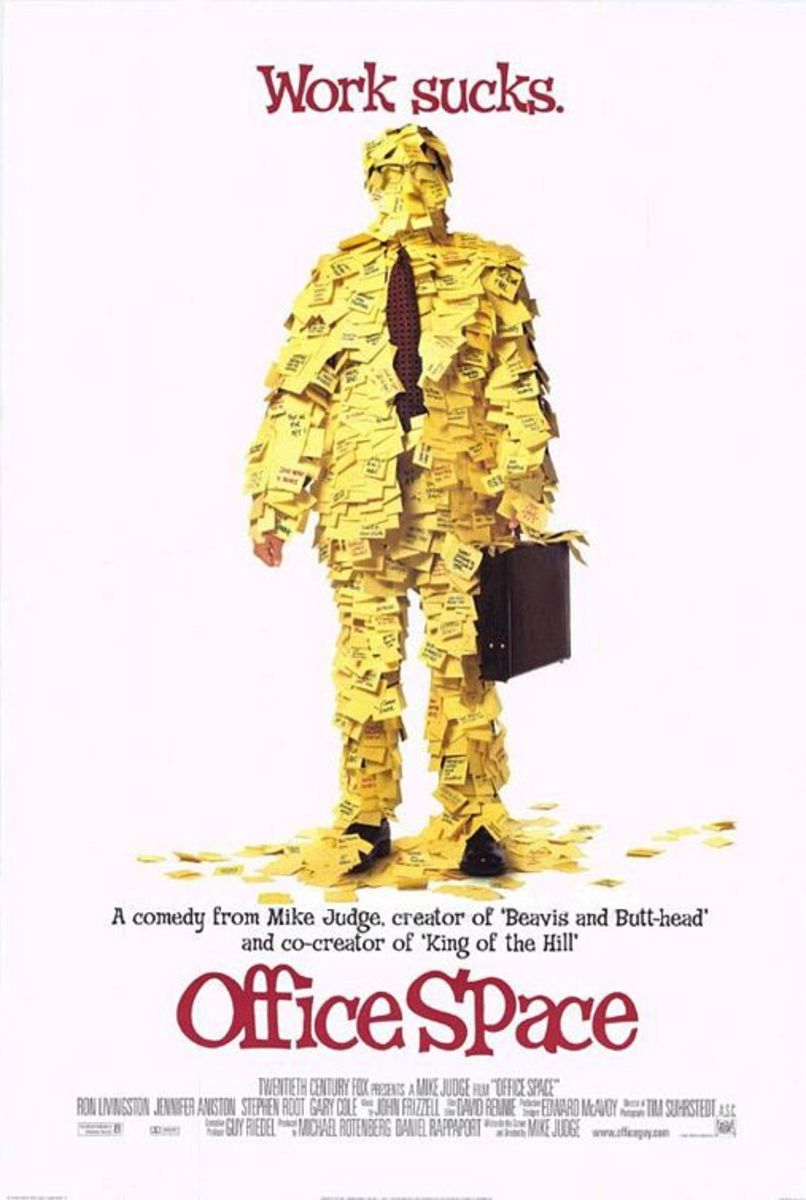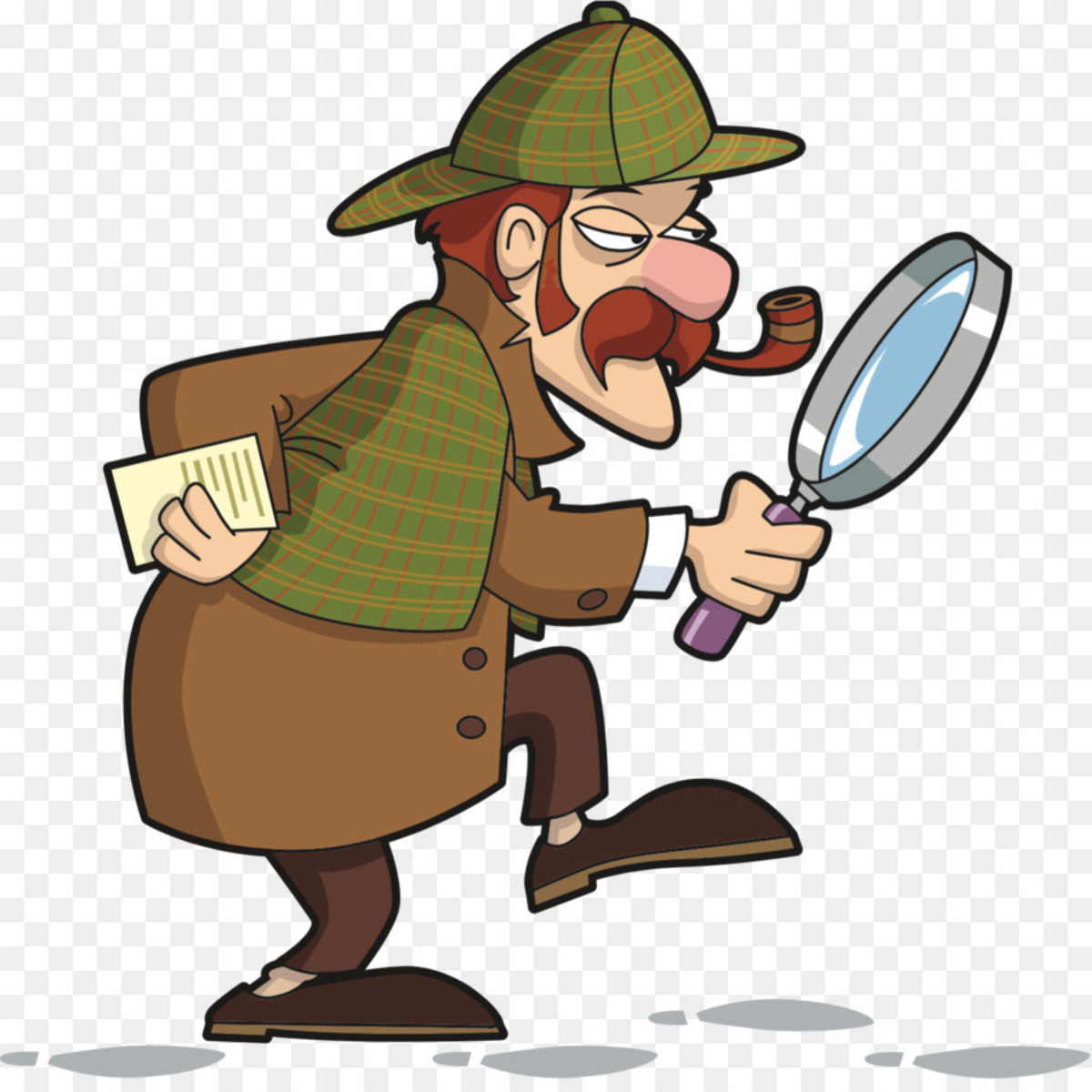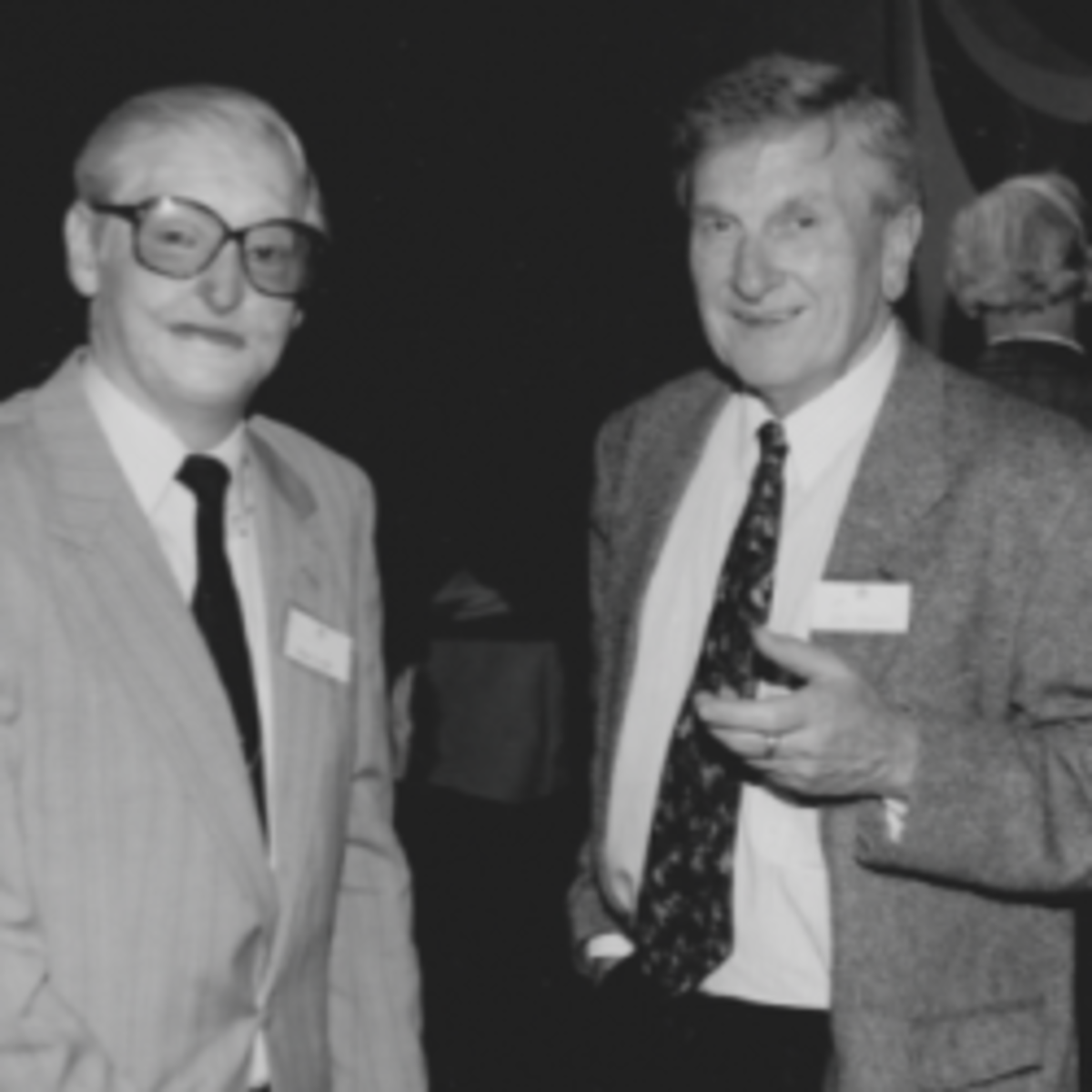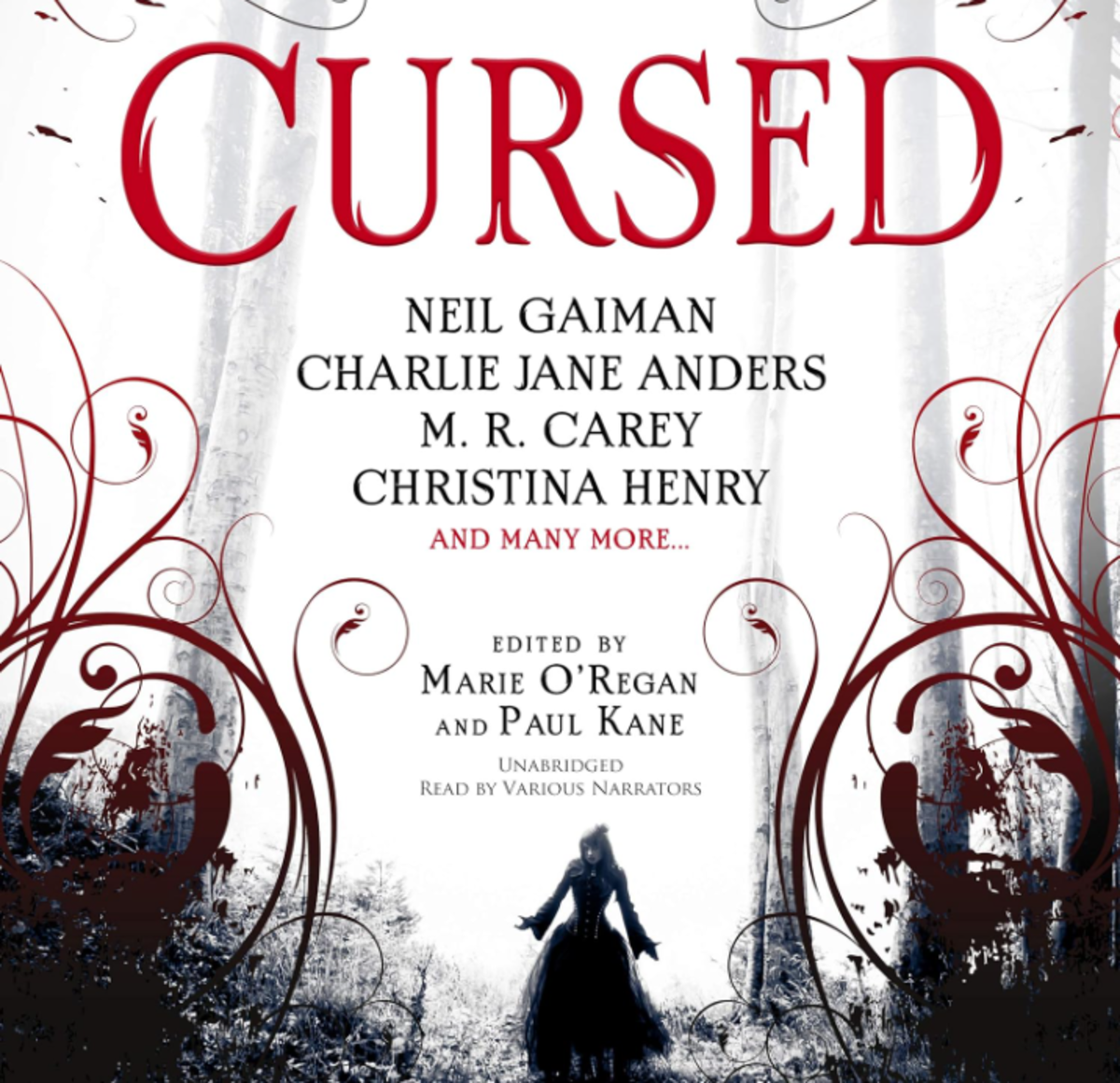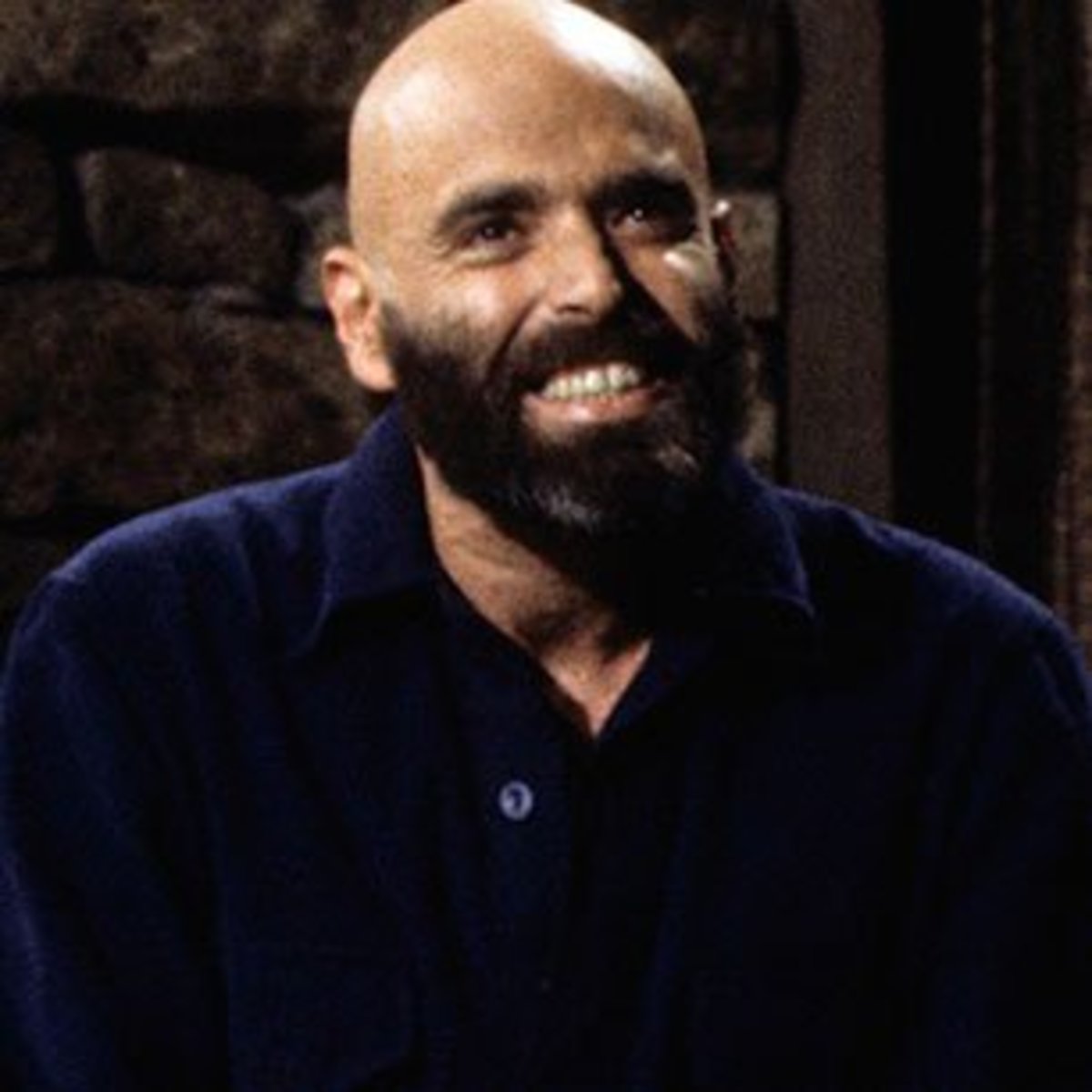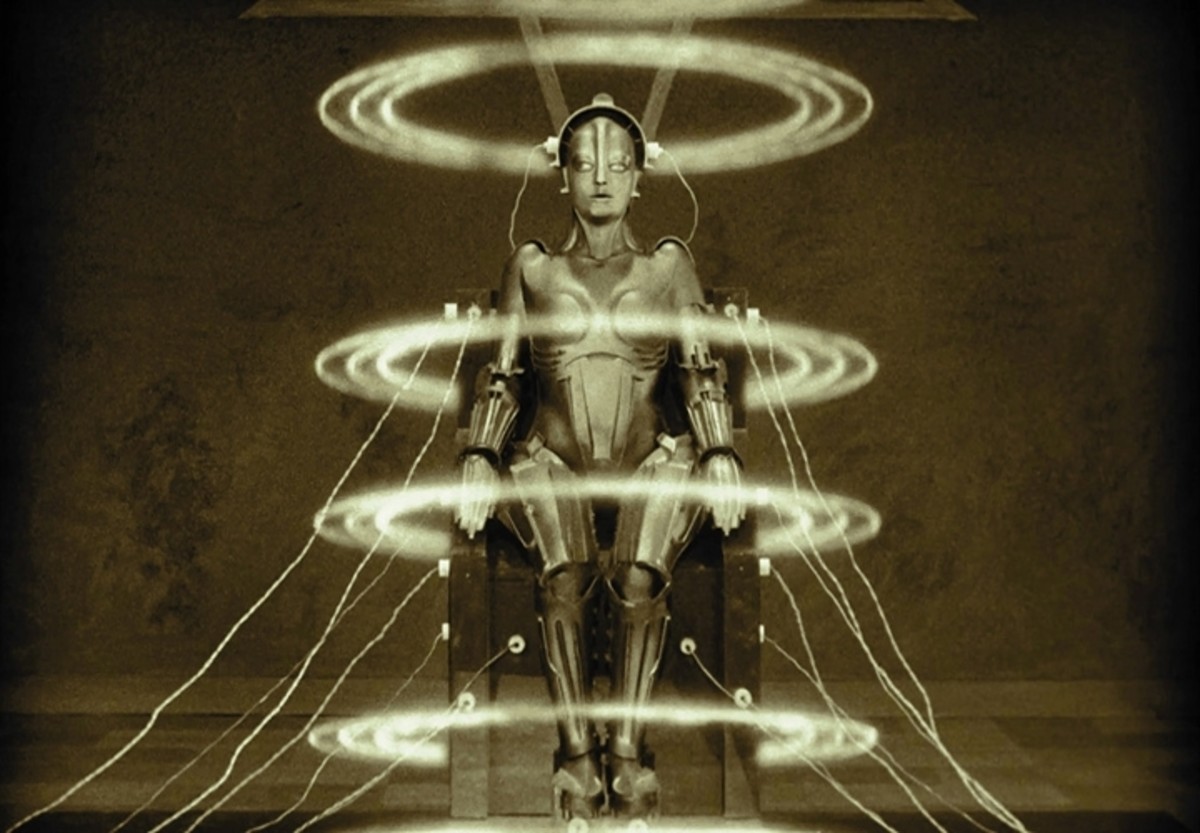Autobiographical Fiction -Life of Peter McCarthy
The Imagination Behind Peter McCarthy
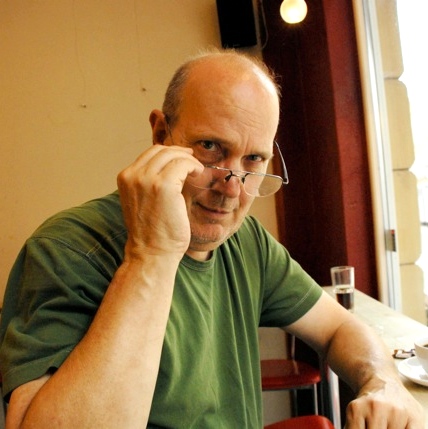
Ten Years Making Autobiographical Fiction
This month, after nearly ten years, I finished the fictional autobiography of Peter McCarthy, a character I have carried around in my head since I wrote my first novel, using his name as the title, when I was twenty.
In the three novels that make up The Autobiography of X, Peter is influenced by larger than life personalities, each of them as fictional as he is.
His models are Holden Caulfield and Henry Miller, the main characters in books that inspired me to write stories in the first person.
With Catcher In The Rye becoming wildly popular in the Sixties when I was growing up, J. D. Salinger's autobiographical character got our attention by calling out the phoniness he saw all around him.
He invented some of his stories, oblivious to their unbelievability. He also had an endearing haplessness about him, his love for his sister nearly overruling his determined rebellion.
With Henry Miller, it was different. Miller did not take the trouble to give his ribald character a new name.
In the Tropic novels and The Rosy Crucifixion that followed, the first person narrator was "Henry."
He disguised everyone else though, sometimes with acid indifference. The wife he left behind in New York when he took off for Paris is "the wife." Their child: "the kid."
I wrote my last three novels in their style, not only because Miller and Salinger inspired me, but because I learned that writing in the first person lets you take enormous liberties.
You can give your character insights that you'd have a hard time explaining in the third person, and like Saul Bellow, with his characters Moses Herzog and Charlie Citrine, you can run off stream of consciousness riffs that resemble how we run stories through our heads, making free association connections with poetic license.
Poetry is what I always wanted to write anyway, but like Bob Dylan, I had to run my poetry through a different format to get it read. He used music, and I use prose.
My longtime goal was to write fiction as well as Bob Dylan wrote songs. It's a lofty goal I never reached, but striving for it made me better, much better.
Peter McCarthy Begins His Fictional Autobiography - In The Garden of What Was and Was Not
I batted around using some of my own stories as foundations for fictions for a long time.
The biggest obstacles were embarrassingly obvious. First, no part of my life ever had the structure you normally find in novels, even loose fitting ones like Anne Tyler's.
What was worse was the fact that not enough ever happened to me justified writing my own autobiography.
Don’t get me wrong. My life hasn’t been dull. But I'm just a guy.
I didn't start Apple Computer in my garage or have a mind blowing near death experience.
On the other hand, I had some interesting adventures to share, and I had some ideas worth putting into a conversation.
Then, it dawned on me one day.
My fictional autobiography would be stories built around ideas.
Structure? To hell with conventions!
I'd keep readers alert by time-shifting, making connections across time in ways that happen only with memories.
I was excited, and I started writing about that night when I learned not to be frozen by fear and let it become my teacher instead.

The Autobiographical Fiction Continues - Traveling Without A Passport
What I had in mind when I started writing my fictional autobiography was a reflection on how external events became part of Peter's growth.
Like mine, his personal history encompassed two world-changing events.
The first was the assassination of John F. Kennedy, a disaster from which our country would never fully recover, and the September 11 attacks in 2001 that destroyed thousands of lives but, at the same time, stripped bare some of our country’s best and worst kept secrets.
These were public anchors for my generation, yet between them were the times in which we really lived our lives.

The End - The Messes I Made While You Were Waiting For Godot
Finishing any book is hard because you have to weigh the the question of whether you've told enough or gone on too long.
When wrapping up a three book fictional autobiography, those doubts are tripled. No book should have anything more than it needs, nor anything less, but how do you decide.
I agree with Fred Astaire's advice to Tony Bennett, applied to fiction. Once you get every song perfect, Astaire told him, when everything in your act is just right, take fifteen minutes out.
Funny thing was, with "The Messes I Made While You Were Waiting For Godot," it just came to me one day that I was done.
I'd said everything I wanted to say when I started, almost ten years before, and I'd told every story I wanted to tell. So, I went back through, snipped off my fifteen minutes worth, and put covers around it.
Like leaving anything else I have ever loved, I still felt like going back sometimes or putting up an auxiliary building (otherwise known as one more novel), but I decided to let go of Peter and maybe even fiction.
I'd done everything I set out to do, just as Peter had. It was time to move on.

My Literary Guides - J. D. Salinger, Henry Miller, Bob Dylan
I doubt any one of them thought they were teachers when they composed their best work, but teachers they were and are.


Two More Influences - Richard Brautigan and Larry McMurtry
Neither wrote as autobiographically as Miller or Salinger, although McMurtry came close with this one, but I learned a lot about how to write from reading both of them. These books took me into the world they invented.


© 2014 David Stone
